- Category
- War in Ukraine
South Korea Is A Major Arms Supplier. What Equipment Can Ukraine Receive?
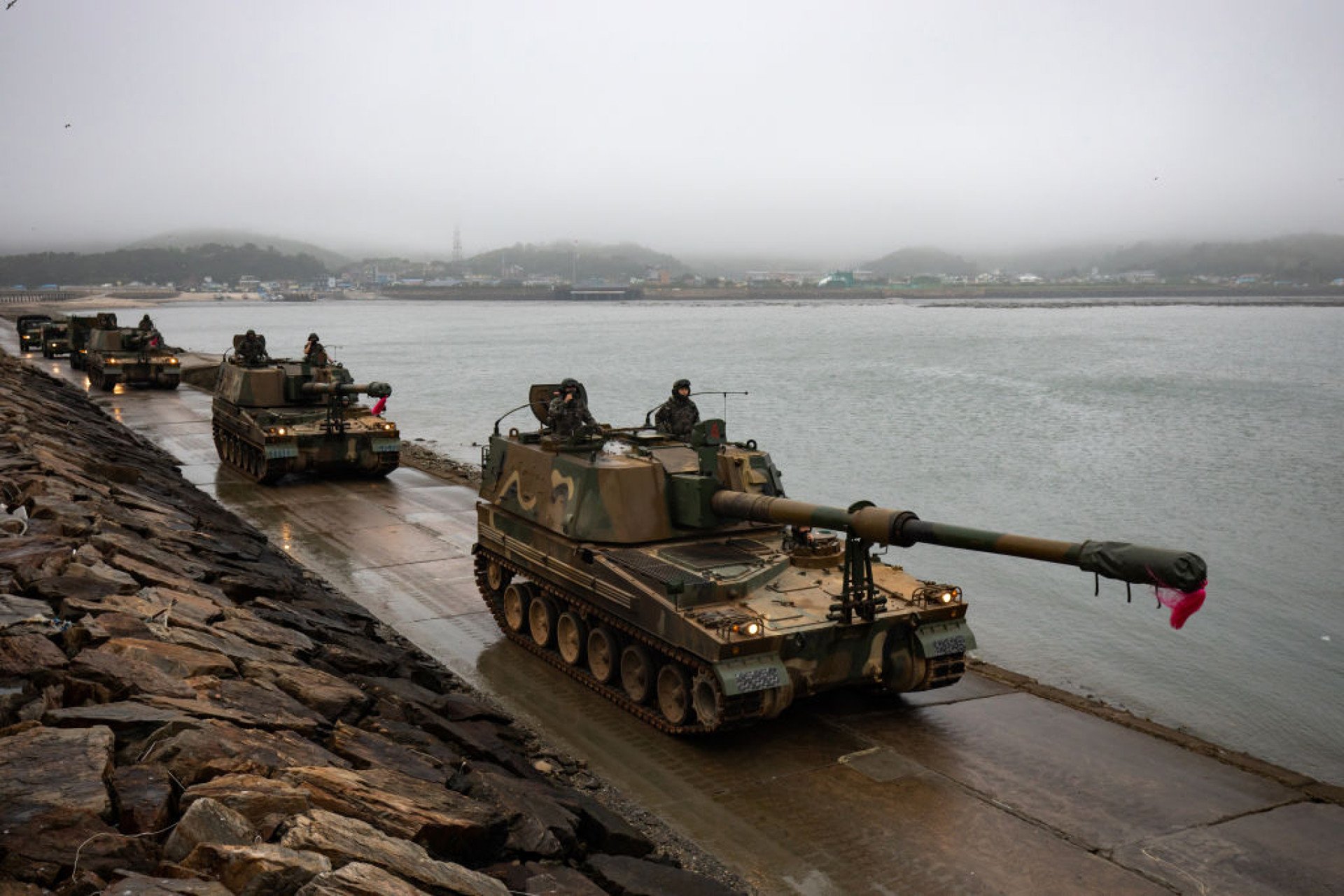
Representatives from South Korea have begun discussing the possibility of providing Ukraine with weaponry. Until now, they have only provided financial and humanitarian aid.
After Russian President Vladimir Putin's visit to North Korea and discussions about forming anti-Western alliances, South Korea has started talking about the possibility of changing its policy regarding aid to Ukraine. Up to this point, Seoul has provided Ukraine with financial and humanitarian aid, and there was one case of ammunition transfer, but through a third country—the USA. Now, the conversation might be about direct arms supplies.
South Korea is a manufacturer of a wide range of weaponry. For over 70 years, it has lived in a state of frozen conflict with North Korea, making the development of its own defense industry essential to ensure protection in the event of a possible escalation. Among the equipment are tanks, self-propelled artillery, air defense systems, and even a fourth-generation aircraft. So what kind of equipment could Ukraine expect?
Soviet Legacy
Firstly, the discussion about weapon transfers to Ukraine might not be about modern equipment but South Korea’s Soviet legacy equipment, which found its way there under interesting circumstances. The equipment arrived between 1996 and 2006 when Russia transferred it to Seoul to settle its debts. The list includes 43 T-80U MBTs and 67 BMP-3 IFVs.
This equipment is practically unused in South Korea today and mostly serves as training equipment, similar to what North Korea might have. The condition of this equipment is unknown, and it’s unclear how many of the 43 T-80 tanks are operational.
In any case, even if the equipment is transferred to Ukraine, all these machines can be used as a donor base for parts for those already in service in Ukraine.
Modern South Korean Weapons
South Korea produces almost the entire range of modern weapons and actively sells them to countries worldwide. Among the buyers are European countries like Poland, Romania, Norway, and Middle Eastern countries like the United Arab Emirates and Saudi Arabia.
South Korea has several features that its partners value:
Speed: Tank production reaches up to 100 units per year, slightly less than Russia.
Price: Seoul offers competitive prices. Their K2 tank is estimated to cost between $11 million and $14 million, whereas a Leopard A2 can exceed $27 million per unit (for new units). The price for a new Abrams A2 can be even higher.
Willingness to cooperate: South Korea signed a large contract with Poland, selling about two hundred tanks and allowing over 800 units to be built under license in Poland.
Competitive technology: For instance, the K9 self-propelled artillery system can fire at a range of up to 60 km.
South Korean Equipment
K2 Black Panther Tank
The K2 Black Panther is South Korea's main battle tank. At the start of production in the mid-2010s, it was considered very expensive at around $8 million per unit, while competitors' tanks were at least 20% cheaper. However, since the full-scale invasion of Ukraine in 2022 and the active rearmament of armies, prices for Leopard A2 and Abrams M2 tanks have skyrocketed, while the K2 Black Panther has not increased as much and today has one of the most competitive prices at around $14 million.
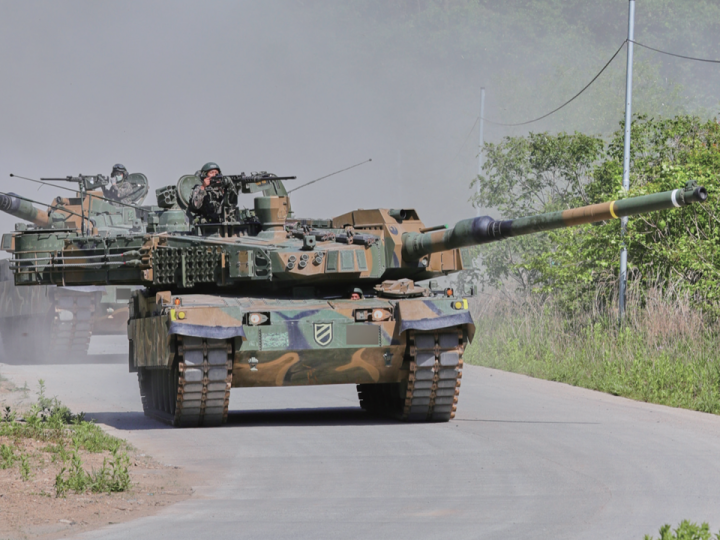
The tank can reach up to 70 km/h and has a 120 mm gun. Currently, South Korea can produce about 100 tanks annually but is willing to localize production for partners.
K9 Self-Propelled Artillery
South Korea is one of the few countries that mass-produce self-propelled artillery systems. Currently, several hundred K9 Thunder units are in service in nearly ten countries, half of which are in Europe.

The K9 Thunder can fire at distances up to 60 km, depending on the type of projectile. It has a firing rate of 6 rounds per minute with an automatic loading system. The caliber is 155 mm, and the price is slightly over $11 million per unit.
AS21 Redback IFV
The AS21 Redback infantry fighting vehicle is relatively new, introduced just a few years ago. One of its features is South Korea's readiness to customize this IFV based on customer preferences, as was done with the Australian contract where a different turret was installed.
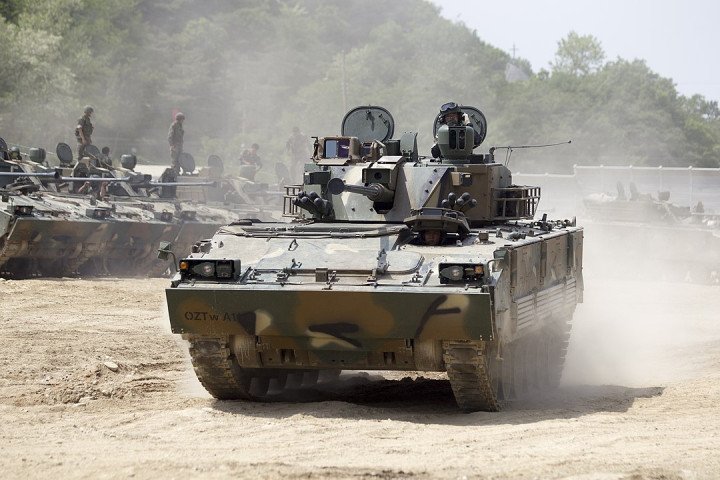
The AS21 Redback can transport up to 11 people: three crew members and eight infantrymen. It has enhanced protection, multilayer armor, and mine protection. It can reach speeds of up to 65 km/h and has a range of 500 km. Its armament includes a machine gun, anti-tank missiles, and a grenade launcher.
KM-SAM / Cheongung-II Air Defense System
The KM-SAM / Cheongung-II is an example of South Korea's success in surpassing its Russian competitor, the S-400. Despite Russia's reputation for air defense systems, in 2022 and 2023, contracts for the South Korean air defense system were signed with the UAE and Saudi Arabia. These contracts are worth $2.5 billion and $3.2 billion, respectively. Iraq is also reportedly planning to sign a new contract. All these countries previously planned to purchase the S-300 / S-400.
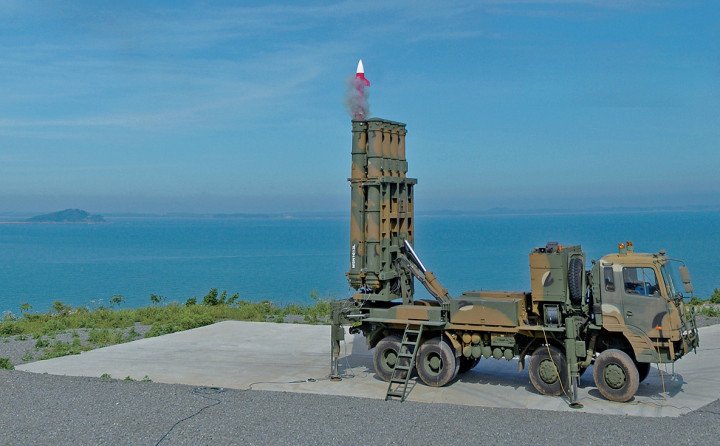
One advantage of the South Korean option is the price. For example, a battery, which includes a command post, radar, and 4-6 launchers, costs only $320 million for export. For comparison, Russia's export price for the S-400 is approximately $1 billion.
K239 Chunmoo Artillery System
South Korea has its version of HIMARS—the K239 Chunmoo system. Depending on the type of projectile, the K239 Chunmoo can strike at a range of up to 290 km, with a simpler version of the projectiles reaching 80 km.
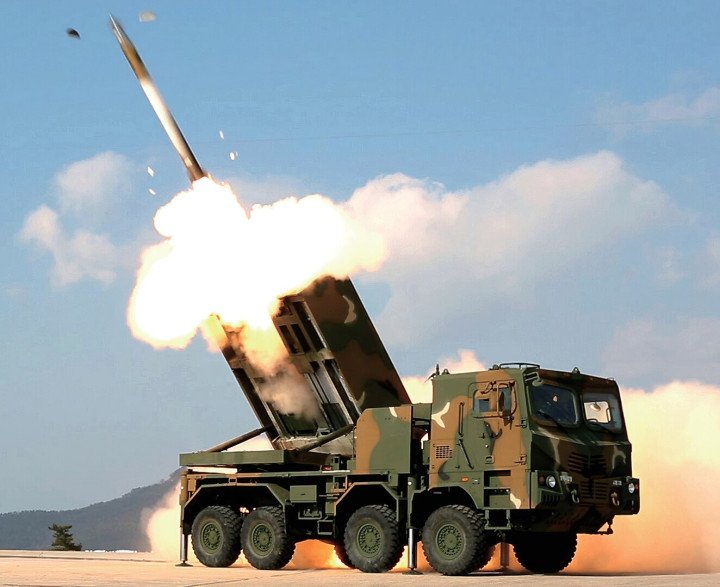
Poland has ordered nearly three hundred units of the K239 Chunmoo, and South Korea is negotiating with other countries for supply.
Conclusion
As of now, South Korean representatives have not provided specific information on what exactly will be supplied to Ukraine and within what time frame. The discussion might include Soviet equipment as well as the KM-SAM / Cheongung-II, as air defense is a crucial topic for protecting Ukrainian cities today. Additional Patriot systems have already been promised to Ukraine by Romania and the USA.
Moreover, South Korea has significant reserves of 105 mm and 155 mm shells, but there is no information about their transfer to Ukraine. This is due to the constant provocations and threats of war from North Korea, its neighbor. South Korea produces about 200,000 artillery shells annually, which might be enough for a month with the intensity of the war in Ukraine.
-29a1a43aba23f9bb779a1ac8b98d2121.jpeg)
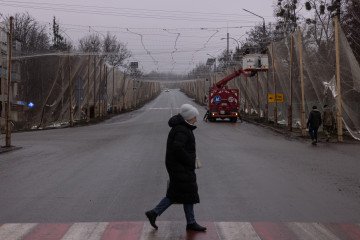
-f88628fa403b11af0b72ec7b062ce954.jpeg)
-b63fc610dd4af1b737643522d6baf184.jpg)

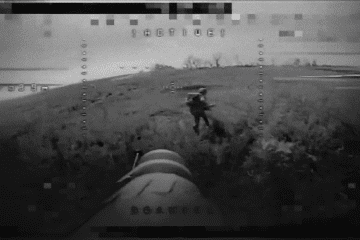
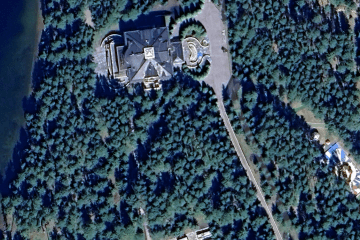
-24deccd511006ba79cfc4d798c6c2ef5.jpeg)